Across the United States this winter, many birders and nature enthusiasts have been lucky enough to spot snowy owls. While these irruptions always create excitement, snowy owls are among the most nomadic of all birds. Throughout their lives, the owls are in constant motion, rarely nesting or wintering in the same place twice.
Although many birds cross the globe as they migrate from nesting areas to wintering sites, most have a place to call home at journey’s end – sites they return to year after year.
For instance, when a young Canada warbler finds a nesting spot in a patch of boreal woodland and subsequently finds a stand of Andean foothill forest to spend the winter, it will always return to those places.
The little bird will make the trip between the two places, across thousands of miles, for the rest of its life.
Even the wandering albatross is a homebody. It may spend most of its life soaring the high seas, but when it comes time to nest each year, it reunites with its lifelong mate on an island to lay eggs in the same exact spot for decades.
These species stick with what works. They return to the same places because conditions are stable and reliable. It would be foolish to gamble on a new spot when the old spot worked well enough.
On the other hand, snowy owls can’t afford to keep doing the same thing year after year. Their Arctic homeland is unpredictable.
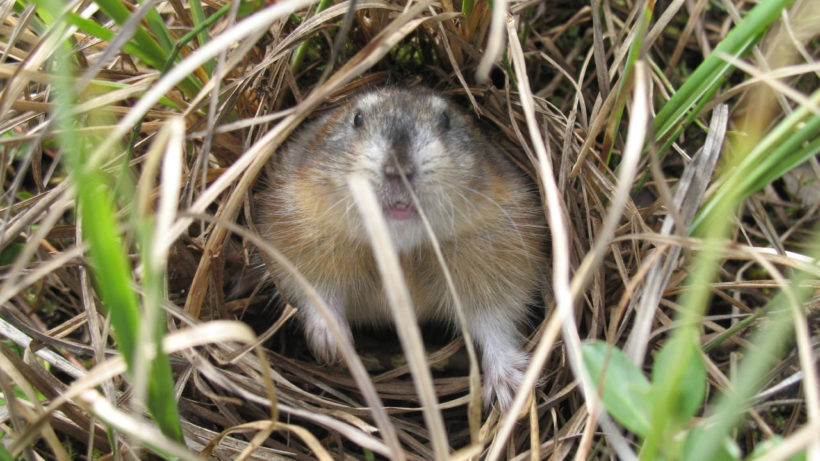
Snowy owls depend on lemmings to feed their young during the nesting season. And lemmings are anything but reliable.
Lemming populations famously cycle up and down, generally every three to five years. Despite decades of study, the mechanism behind this cycle is still not well understood.
But snowy owls understand well enough that in any given year, their job is to first find the lemmings before they decide where to nest. Odds are that wherever they nested last year, the stock of lemmings is poor.
One study led by Jean-Francois Therrien showed that when a site in Arctic Canada, Bylot Island, experienced a peak in the lemming cycle, the abundance of lemming predators also peaked – the lemmings got found.
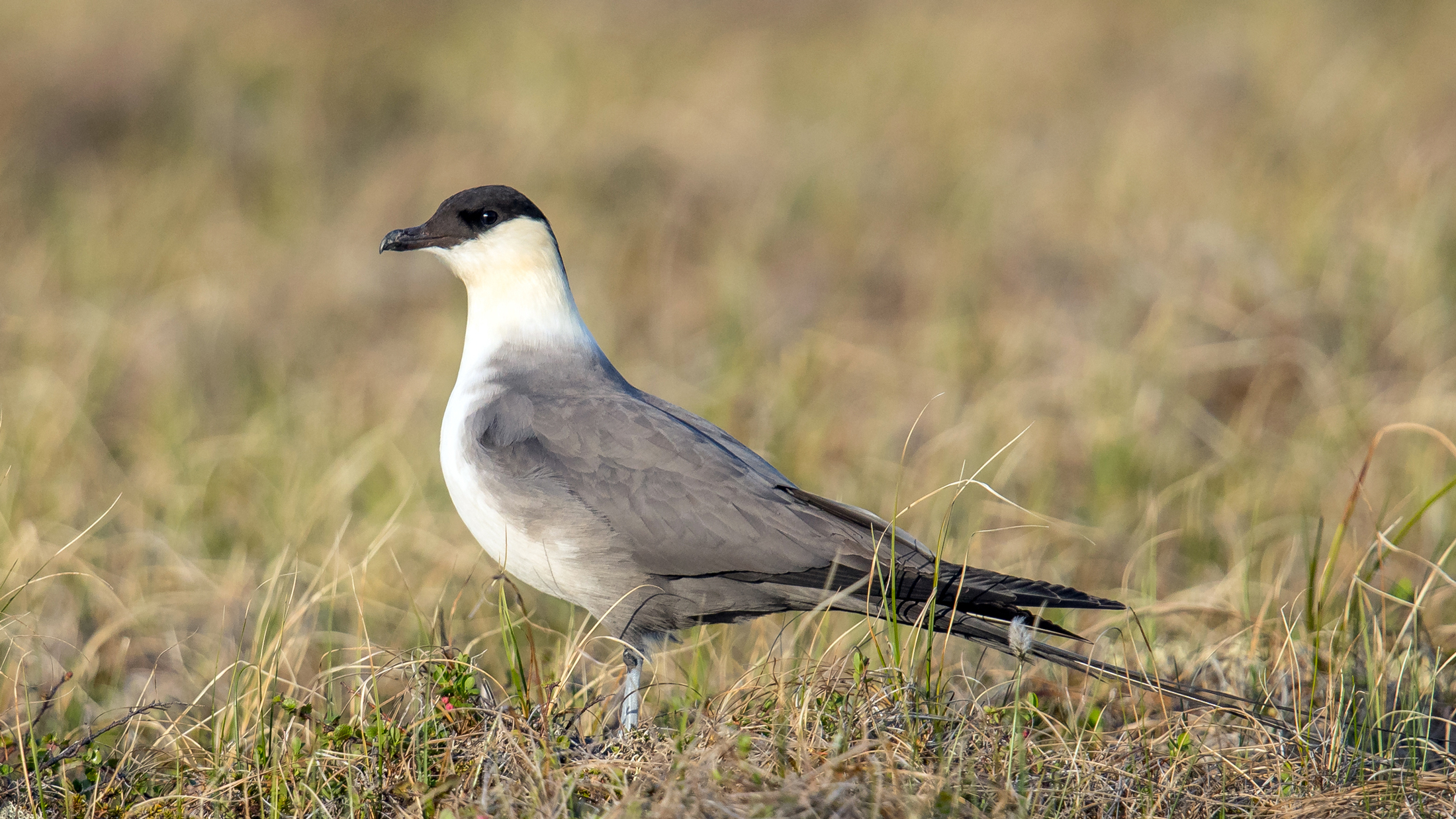
Predators that flocked to the island included not only snowy owl, but also rough-legged hawk and long-tailed jaeger. And it follows that the nesting success of the birds also was excellent during good lemming years.
But all these birds consuming so many lemmings then helped to usher the rodent population into the downward phase of the population cycle.
Meanwhile at other sites in the Arctic, the lemmings were beginning a cycle upward, and so the owl-and-mouse game continues.
Learning about the lives of nomadic Arctic animals is not easy. It is much simpler to study animals that come to the same place year after year. The study of snowy owl movements has become possible only since the advent of remote tracking devices.
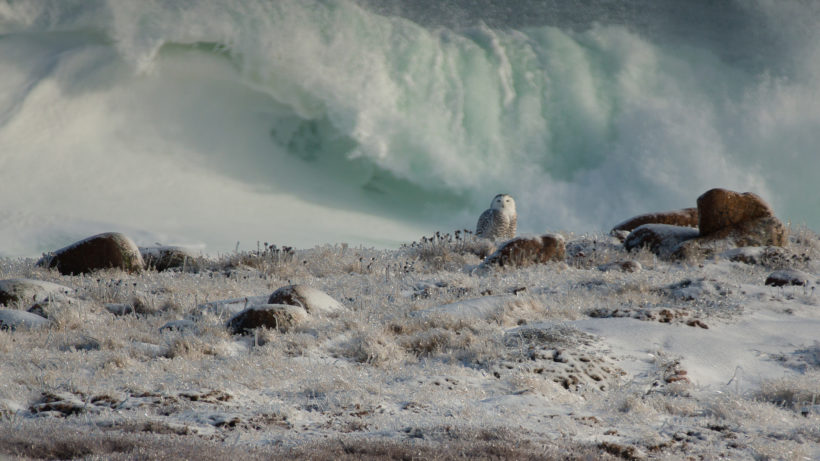
With the aid of these devices, we’ve learned much more about the nomadic ways of snowy owls.
A study of nine female owls, also by Jean-Francois Therrien and colleagues, found that a snowy owl’s nest could be as much as 1,000 miles away from last year’s nesting location. Prior to selecting a nesting site, an owl can spend as many as three months prospecting the Arctic landscape for areas offering a lemming bounty.
The research showed that as expected, owls settled in places with high lemming abundance.
Despite their ability to seek out areas of high lemming abundance, some years are better than others for snowy owl nesting success.
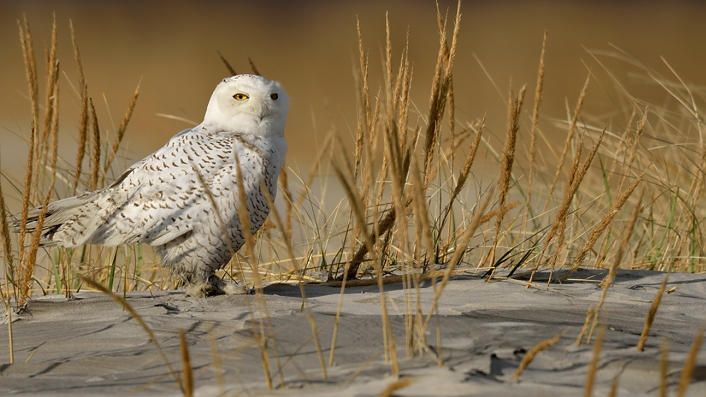
Boom years for lemmings translate to boom years for owl reproduction. These baby booms, otherwise known as irruption years, bring relatively more owls to temperate latitudes. Overall, the majority of snowy owls remain in the Arctic during the winter, with a smaller proportion wintering in temperate latitudes.
Even during winter, the owls maintain their nomadic ways, often choosing different sites from one winter to the next.
Although they are lemming specialists during the summer, snowies expand their menu in winter and eat a wide range of prey across a wide range of habitats
Research by Audrey Robillard summarizes a wintering snowy owl’s lifestyle as either temperate or Arctic and either land-based or marine.
In the Arctic, earlier tracking studies revealed a curious behavior in which owls ranged for extended periods across the Arctic sea ice. This betrayed the owl’s preference preying on ducks and seabirds. The owls rove over the sea-ice seeking cracks with open water where eiders, long-tailed ducks and guillemots gather.
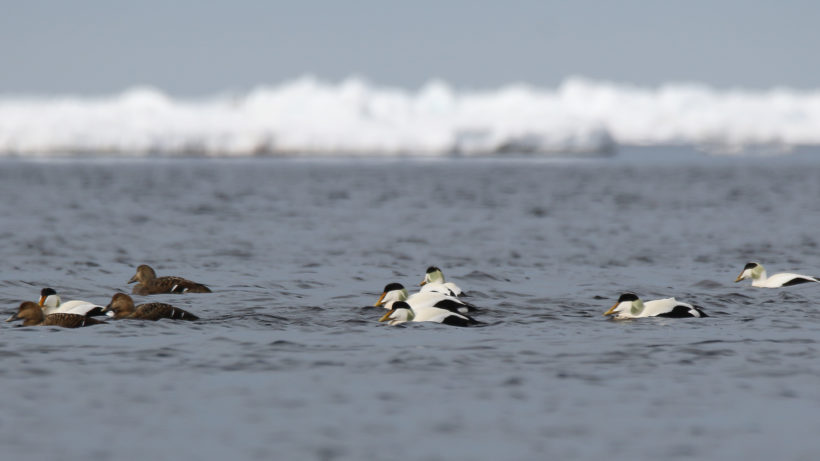
Another recent study was conducted during the last major irruption year in the winter of 2013-2014. A collaborative research group, Project Snowstorm, tracked the movements of young owls in the northeast U.S. and Great Lakes regions.
The owls used a broad range of habitats in search of rodents, rabbits and birds. Their range included cities and suburbs, beaches, airports and lakes, in addition to the open grasslands that are thought of as “traditional” snowy owl habitat.
The trouble for owls wintering in more populated places is that the risk of getting electrocuted or hit by a car or airplane is far greater. Owls that winter in wilder places may have a better shot at surviving the winter.
In winter, we’ve learned that anything goes. Fur or feather in wilderness or city, any prey or habitat will suffice. Although it seems it would do them no harm to reclaim the same winter range year after year, the owls seem to be confirmed nomads in all parts of their lives.
The collective research on snowy owls tells the story of a bird that is an extreme specialist in summer, when only lemmings will do to produce a successful brood of owlets. But this specialization has led the owls to be forever homeless, ranging across the vast expanses of the Arctic in search of new frontiers of lemming abundance.
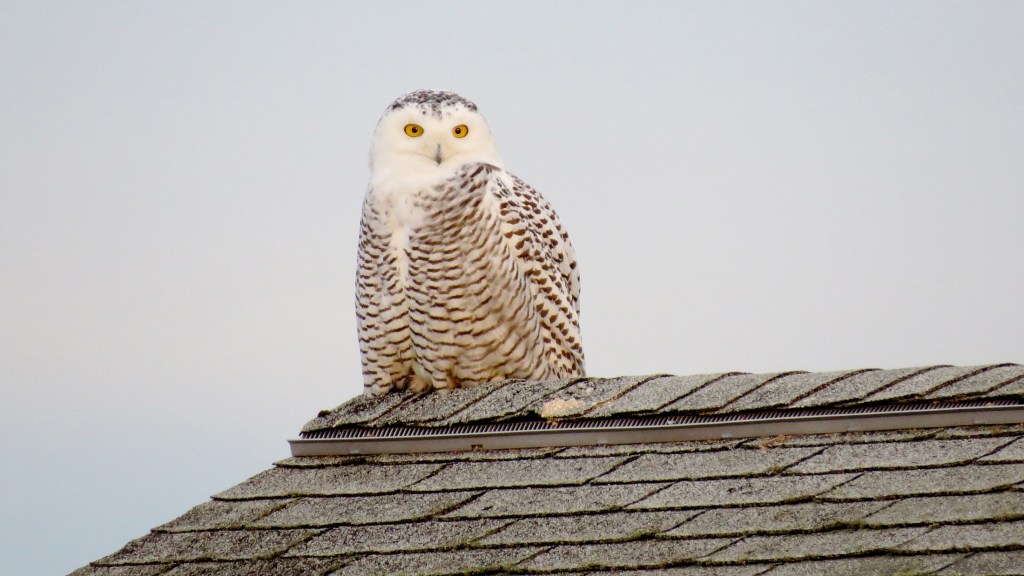



Thank you for all that you have done & continue to do to save OUR EARTH.
Once I saw 7 snowy owls all in the same area, from standing in one spot. .. Dungeness Spit, WA, ( Winter in the 1990s. I forget when it was. ) A big thrill.
I appreciated the infor on Snowy Owl. I visited Damon Island in WA state in July to see if any where there in summer. The local conservation group say” not this Year”
Now i understand.
Gwen Grace
Desert Rivers Audubon Society
Arizona
An very interesting article. Thank you!